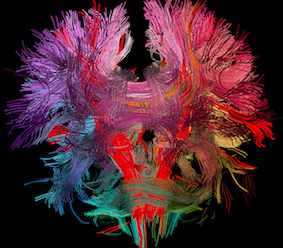Examining the Links between Adolescent Brain Development, Mental Illness and Substance Use Disorder
Adolescence is a time where young people go through dramatic changes in body and behaviour. It is an age where young people are most likely to take risks, partake in reward-seeking activities and experience the first symptoms of mental ill health.

Understanding the nature and variations of brain growth during this particularly sensitive time may support the future treatment of mental illness and substance use disorders.
The most recent findings in the field of neurological development show that:
- Adolescents with a particular variant of an opioid receptor gene have a diminished reward response, compared to those with the other version of the gene. As a result it is believed these particular adolescents may be more vulnerable to substance abuse in later years because they are more likely to overindulge to achieve the same level of pleasure that others experience.
- Childhood trauma impacts the development of vital cognitive control networks during adolescence, increasing the risk for alcohol abuse.
- The strength and development of connections between the brain's reward systems is linked to the severity of several important psychiatric symptoms in adolescents, including anxiety and depression.
It is important to continue to research adolescent brain development so as to better understand adolescence-specific neurological causes of mental illness and substance use disorder. Not only will this help identify young people who are more vulnerable to addiction and mental illness, but it can also inform early preventative intervention.